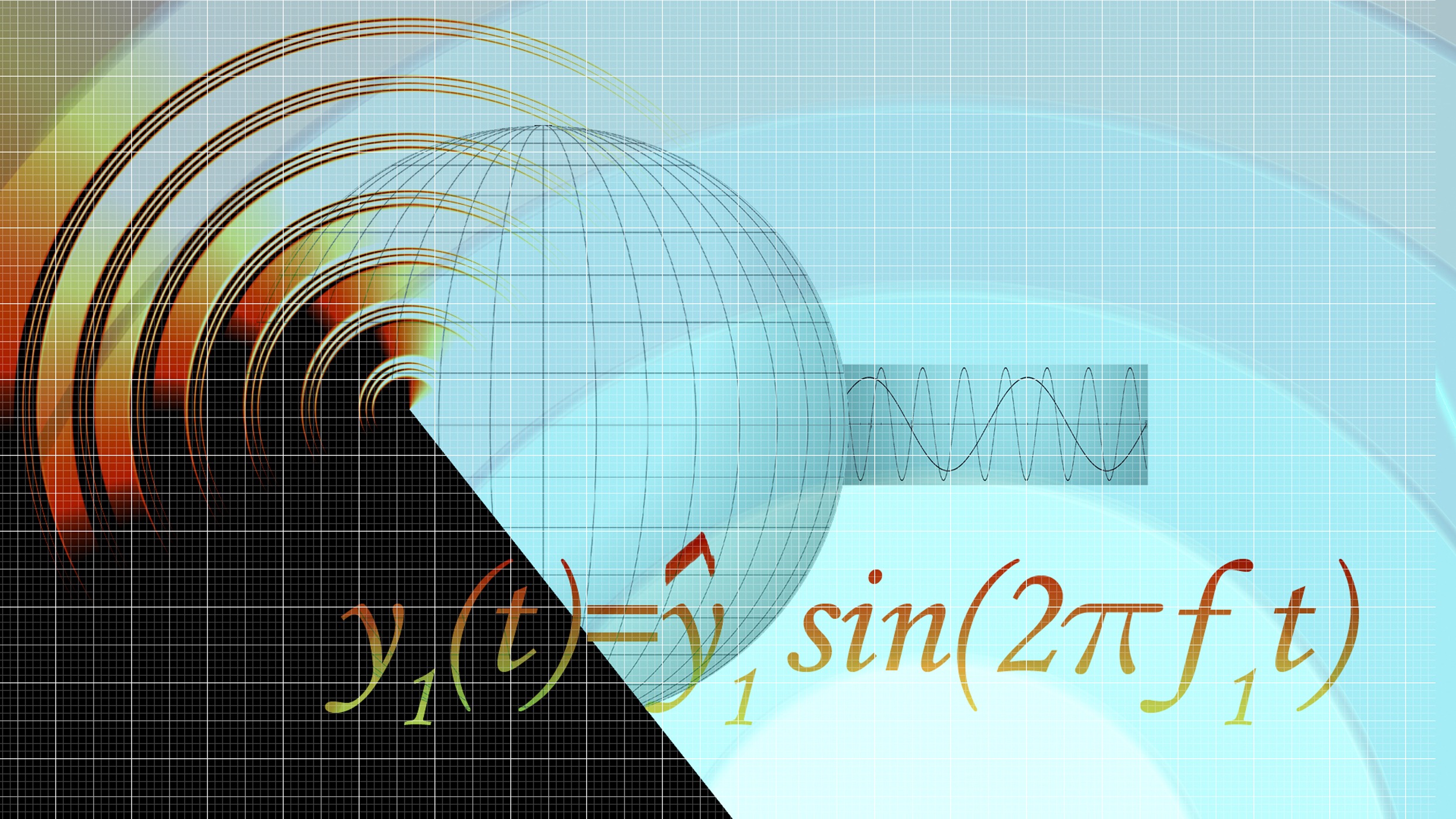By Penelope Drastik, University of Wollongong
What is the square root of -1? Most people would say that it doesn’t exist. Since the product of two positive numbers is positive, and the product of two negative numbers is also positive, it isn’t possible for the square of a number to be negative. However, mathematicians have found a way around this – they simply defined ‘i’ to be a number that, when squared, equals -1. The number i is used to define things called complex numbers, which look like ‘a + bi’, where a and b are real numbers.
Complex numbers are very important in both pure and applied mathematics. Applications include electrical engineering and quantum mechanics, while pure mathematicians use them in many branches of algebra and analysis. Although they might seem strange at first, you can perform many familiar operations with complex numbers – addition (just add the real number and the imaginary part separately), subtraction, multiplication (perform the calculation as if you are expanding a product) , and division are all possible – and on top of that, we have the new operation of conjugation (the conjugate of a+bi is a-bi).
There is a special way to measure ‘how big’ a complex number is, called the modulus. If you have seen the absolute value, you will know that it is a way to measure ‘how big’ a real number is – in other words, it tells you about the magnitude and ignores its sign. Similarly, the modulus tells you about the magnitude of a complex number, and ignores its ‘direction’. Often people think of complex numbers as a pair of numbers rather than a single one, so the ‘sign’ of a complex number doesn’t make a lot of sense. Instead, think of the ‘direction’ of a+bi as the way an arrow would point if you plotted the point (a,b) on a graph. The modulus of the complex number is the length of that arrow. Clearly, this is not affected by the direction the arrow is pointing.
In my project, I studied ‘C*-algebras’, which are generalisations of complex numbers. They are spaces which have analogues of all the fundamental properties of the complex numbers, but whose elements can be all sorts of things – complex numbers, pairs of complex numbers, functions, and so on. So a C*-algebra has operations corresponding to addition, multiplication and conjugation, and a distance corresponding to the modulus, but its definition also includes a few properties that are always true, no matter what space you’re working in, that are also true for complex numbers. An example of one of these properties is that a sequence of complex numbers in which the points get closer and closer together also has the property that the points approach a unique limit.
Just like complex numbers, C*-algebras can be used in applications in physics, and also by pure mathematicians. My research was motivated from a mathematical perspective, and involved finding a way to ‘combine’ special types of C*-algebras to create new ones, in order to generate more examples of them.
Penelope Drastik was one of the recipients of a 2015/16 AMSI Vacation Research Scholarship.

